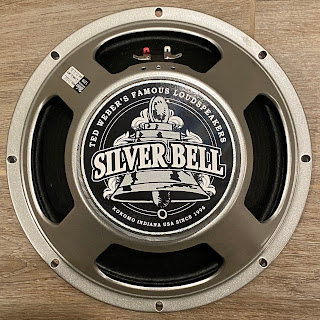I’ve been enjoying my Beyerdynamic microphones on a variety of sources ever since I started buying their mics. As of now, I have the M201TG, M69TG, M88TG, and M160. All are great on electric guitar cabinet and drums. I’ve been making IRs of these mics on my cabs to be able to access their flavor while playing silently. Those are in the main link at the top of the page.
For guitar cabinets, my observations are as follows:
- The M201 is a bigger and slightly darker sounding SM57 on guitar cab. If the SM57’s characteristic upper mid is too harsh, the M201 is a good substitute for me. For some 12” speakers, I position the M201 0.5” farther back than with a Shure SM57.
- The M69 and the M88 are very much related and sound similar. They have a bigger low end than the M201. The might have a flatter upper midrange than the M69, with more lows. The M88 has more output than the M69. I prefer these mics right on a guitar cabinet grille.
- The M160 has a big proximity effect. On 12” speakers, I need to bring the mic back 2-4” off the grille.
Below is an interesting comparison of the frequency response of my M160s. One of them has a bigger low end, which works well on electric guitar. It also has a dip in the 3-4k region. The other M160 is flatter in the low end, with a general rise in the upper mids to treble region.





